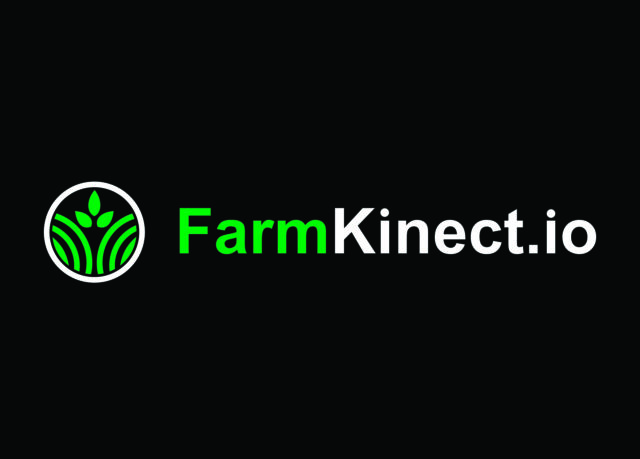However, Dr. Gerard Cramer, associate professor at the University of Minnesota, argued that through teamwork, increasing the number of days with no new lame cows is achievable.
During his presentation “Steps to Achieve More Zero Lameness Days” on April 5, Cramer detailed how improved communication between dairy stakeholders can lead to fewer lame cows. The webinar, which was part of the Cornell CALS PRO-DAIRY Virtual Herd Health and Nutrition Conference, broke down several factors in lameness management such as barriers, bottlenecks and the roles of stakeholders.
Decision-making
Prevention and control strategies should be the first step in lameness management, Cramer said. To be effective, farms should consider factors beyond the potential profitability of a decision or strategy. “I think what we must realize is: Above the economics of a decision really are a whole bunch of other factors that go into farm decision-making,” Cramer said. Other factors that might contribute to decision-making are farmer personality, past experiences and farm and family culture.
Cramer noted that a challenge with making decisions regarding lameness concerns is: Farms may recognize a problem but not know whose responsibility it is to address the issue. In more extreme cases, farms may be unaware of a problem, or they may know a problem exists but believe they lack the means to resolve it due to perceived or real circumstances. These concerns can, however, be resolved through improved communication.
Communication
Very little research exists on many of the solutions recommended to treat and tackle lameness. Often, producers are given several pieces of advice on how to manage lameness, and these suggested approaches are not always compatible. “I think this is where teamwork comes in. If I look at the stakeholders in lameness, I look, of course, at farmers and nutritionists or personnel on the farm, hoof trimmers and veterinarians – they all have a role to play; they all have a stake. I think they all have the same end goal of trying to redefine and reduce the impact lameness has on a dairy,” Cramer said.
To improve communication among stakeholders, Cramer gave a few strategies to open a dialogue and create a more collaborative environment to address lameness. To work together, stakeholders need to step outside of their comfort zones and be willing to listen to constructive criticism. Cramer recommended a communication channel be created which would allow all stakeholders to communicate with each other about a farm’s hoof care needs. One way to do this, Cramer said, is to hold regular meetings where all can be present to discuss relevant issues. “I think the more communication [advisers] have with the hoof trimmer, the more you get a pulse of what’s actually going on in the dairy,” Cramer said.
Lameness bottlenecks
Once regular communication is established, the team can begin to address bottlenecks which may be contributing to the number of lame cows on a farm. “I think this is where the theory of teamwork allows people to have an honest conversation about risk factors – which one do we think is the biggest? Which has the most impact?” he said.
Cramer noted the most common bottleneck on farms is their effectiveness (or lack of) in finding and treating lame cows before they become chronically lame. To address this, Cramer suggested farms systematically check cows for signs of lameness at one- to two-week intervals. Depending on herd size, this may involve checking one or more groups or pens of cows daily to assess their condition. Once signs of lameness are detected, severely affected cows should be treated immediately, while mild cases should be treated after the cow receives two mild locomotion scores.
Treating lame cows
During lameness, cows have several inflammatory responses underway. The inflammation then causes changes to the bone which are typically permanent. This results in pressure point changes as the cow adjusts how she stands, and it can often cause ulcers. If intervention happens before the cow reaches this point, farms can often stop these changes from becoming permanent, as early intervention reduces inflammation.
Cramer said data exists to suggest early intervention and the implementation of a program to find and treat lameness sooner can reduce the amount of time a cow is lame and ultimately prevent lameness. The administration of non-steroidal anti-inflammatories is also useful in treating chronically lame cows.
If a block is put on a cow, Cramer said it is paramount that a strategy exists to continue to monitor the cow’s health. He explained the cow will need to be seen again in four to six weeks. “Just like for us, when we go to the doctor if you get a broken leg or get stitches put in, there’s an automatic recheck, so you go back [to get further treatment],” Cramer said.
To avoid and reduce cases of chronically lame cows, strong communication channels between all advisers creates the foundation for a well-rounded systematic approach to reducing lameness, and through teamwork farms can get closer to seeing more days of zero lameness. ![]()

-
Emma Ohirko
- Editor
- Progressive Dairy
- Email Emma Ohirko





